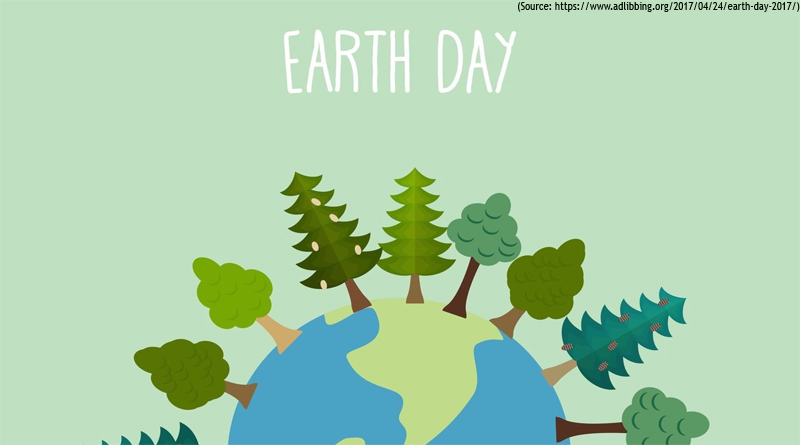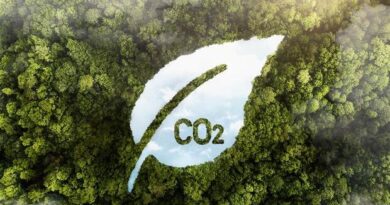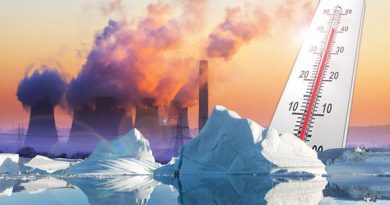Earth Day 2018: Why it matters to you

It was back in the 1970’s that US Senator Gaylord Nelson started a movement to protect the environment after witnessing the 1969 oil spill in Santa Barbara, California. On 22nd April 1970, millions of people in America took to the streets to protest against the industrial development’s disregard for the environment. The stunted developments in children due to toxic air/ water and the increasing occurrences of smog in USA and around the world jolted the people into coming to terms with the need to protect the environment. In response to the protest President Nixon (the acting President of the time), created the Environmental Protection Agency and launched various programs such as the Clean Water Act, etc.
In commemoration to that fateful day, 22nd April is now celebrated world over as the Earth Day. This year over a billion people from 192 countries around the world come together for the world’s largest civic-focused day. Each year the Earth Day is dedicated to a cause concerning the environment, last year’s theme was “ Environmental and Climate Literacy”. The 2018 theme for Earth Day is to End Plastic Pollution.
The Earth Day Networks (EDN’s) “End Plastic Pollution” campaign includes the following components:-
- Leading a grassroots movement to support the adoption of a global framework to regulate plastic pollution.
- Educating, mobilizing and activating citizens across the globe to demand that governments and corporations control and clean up plastic pollution.
- Educating people worldwide to take personal responsibility for plastic pollution by choosing to reject, reduce, reuse and recycle plastics.
- Promoting local government regulatory and other efforts to tackle plastic pollution.
So what explains this focus on plastics this year?
As per a report published by Science magazine, the world has produced approximately 8.3 billion tonnes of plastic out of which a staggering 6.3 billion is considered as waste; 79% of this waste is in landfills or strewn over the natural environment.
The human impact on the ocean was largely ignored, till the problem beame impossible to deny. Be it country sized ‘plastic zones’, or the massive destruction of erstwhile habitats, you no longer need to stare at data to know that plastics are drowning the oceans. Currently the amount of plastics in the ocean are about half of the amount of planktons, i.e. the plastics to plankton ratio is at 1:2. Plankton, in case you missed it, are the very base of the food pyramid in the ocean, above which every other ocean being survives. Or consider the fact that at current rates, plastics are set to outweigh fishes by 2050.
One of the biggest contributors to the “plastic epidemic” is plastic disposable bottles. In 2016, 46 billion plastic bottles were sold worldwide and India’s bottled water market grew 19% (FY16-17), with a volume growth in sales by 150% from 2012-2017, the amount of bottles sold rose from 5.6 billion to 13.3 billion. This trend sets dangerous proceedings for the environment.
(You can read more about India’s growth in the Bottle Water Market and its effects by clicking here)
Plastics pose as a cheaper option and are built to last. It is the latter fact that many tend to overlook, one piece of plastic created today will last for centuries, essentially acting as a plague to the environment. To put it in perspective, a nappy disposed off today will last in the environment up to 450 years from now, this product manufactured for a single use has a devastating impact on nature and will continue to do so long after we’re gone.
It is safe to say that the “End Plastics Campaign” is a rallying cry for all mankind to come together and protect our planet against our own creation for a better, cleaner and ecologically diverse tomorrow.
Even as countries have begin to move, with bans, pledges to reduce single use plastic use and more, the fact remains that these are all efforts to REDUCE plastic use. Not eliminate their use. As long as we keep adding to the plastic tsunami, we are only reducing the scale of damage, so this is no longer a challenge that can be left to governments and corporates. In the Indian context, think of a campaign as big as the Swach Bharat Mission, and you begin to understand the scale of the challenge. But the question is, Swach Bharat is a once in a generation effort, ridding ourselves of plastics is a mission that cannot wait anymore.
![]()




